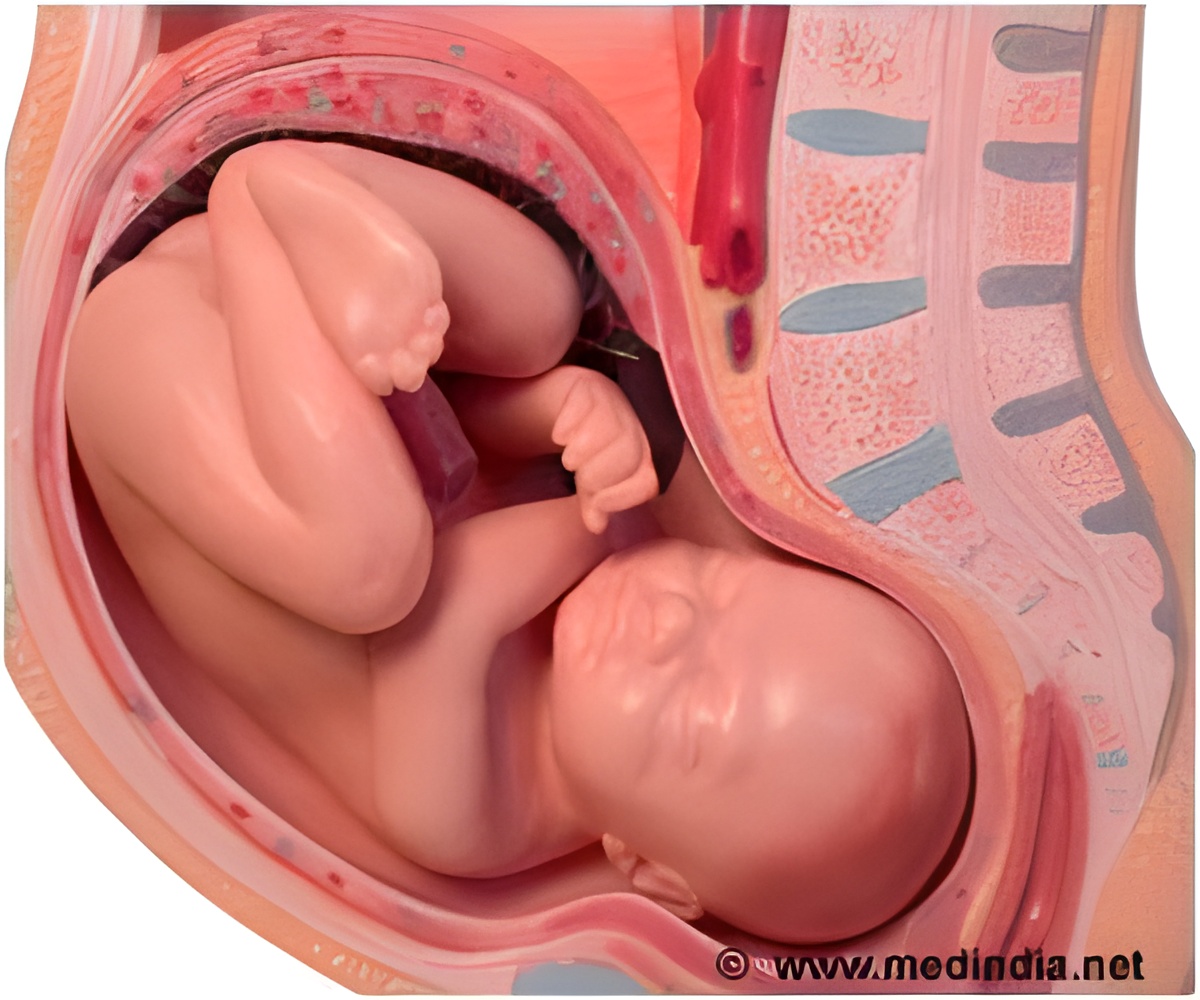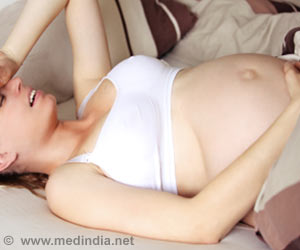
‘In 2015 the stillbirth rate was 3.87 per 1,000 total births, a fall from 4.20 per 1,000 total births in 2013.’
Tweet it Now
The MBRRACE-UK report focuses on rates of stillbirth and neonatal death across the UK for babies born at 24 weeks of gestation or more. Nevertheless, despite this reduction UK stillbirth rates still remain high compared to many similar European countries and there remains significant variation across the UK that is not solely explained by some of the important factors that influence the rate of death such as poverty, mother's age, multiple birth and ethnicity.
The fall in the stillbirth rate was focussed in those born at term. Professor Elizabeth Draper, Professor of Perinatal and Paediatric Epidemiology at the University of Leicester said: "Whilst the overall findings are good news, as two thirds of all stillbirths are born preterm we need to identify the extent to which preterm stillbirths are avoidable to enable the development of practices and policies to prevent these stillbirths and to reduce any variation in the quality of care across the UK".
Over the same period the neonatal death rate has remained fairly static with a fall between 2013 and 2015 from 1.84 to 1.74 deaths per 1,000 live births, indicating that more work is required to prevent these deaths in the future.
Data for the Neonatal Networks shows that neonatal mortality rates vary between 1.15 and 3.21 deaths per 1,000 live births. Much of this variation is accounted for by differences in the proportion of babies dying from a major congenital anomaly.
Advertisement
Dr Brad Manktelow, Associate Professor at the University of Leicester, who led the statistical analysis said: "Those Trusts and Health Boards identified with high rates of stillbirth or neonatal death rates should review the quality of the care they provide. Work commissioned by the Healthcare Quality Improvement Programme is underway to develop a standardised perinatal mortality review tool to support and improve the quality of review of all stillbirths and neonatal deaths within all Trusts and Health Boards in the future".
Advertisement











